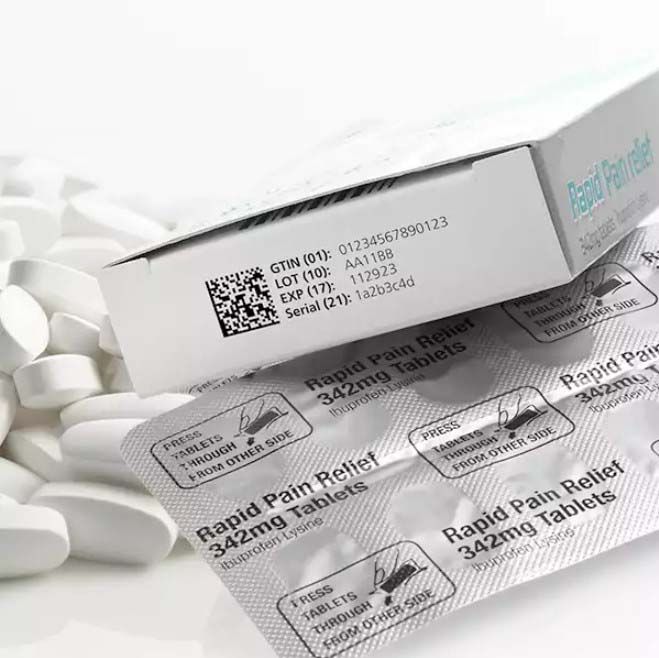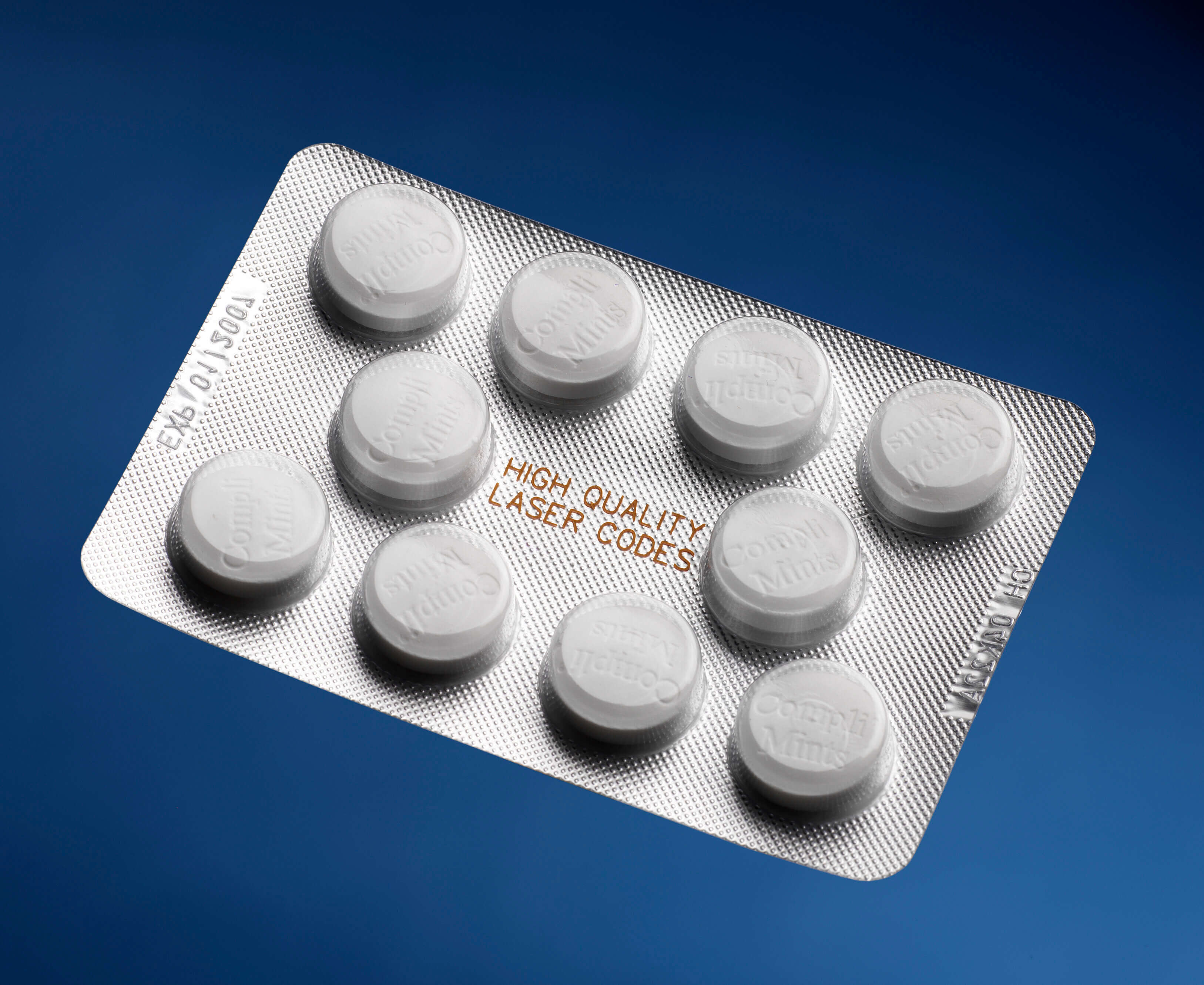What is blister packaging?
Blister packaging encompasses various pre-formed plastic packaging types, typically made of PET (polyethylene terephthalate) or PVC (polyvinyl chloride) plastic, featuring a thermo-formed cavity or pocket. This packaging is designed to safeguard diverse consumer goods in industries such as pharmaceuticals, electronics, and toys. Blister packs offer protection against various external factors, including humidity, contamination, tampering, and, with the appropriate plastic composition, even UV light. Additionally, blister packaging can significantly reduce overall packaging costs by eliminating the need for extra cartons.
While it’s crucial for products to incorporate the required coding and labeling information in accordance with regulatory demands, manufacturers may face challenges when coding onto blister packaging. Let’s explore some of the common challenges encountered in this process.

What challenges do manufacturers face when coding onto blister packaging?
- Code quality – Every code needs to be machine-readable based on its size and the material it’s printed on. In the case of blister packaging, foil is commonly utilized, requiring the technology to achieve high-resolution printing in line with industry standards. If the codes lack clarity, precision, or sharpness, they won’t pass quality control assessments, leading to expensive downtime, product wastage, and increased ink consumption.
- Product handling – To ensure accurate coding in the designated areas, products need to be presented to the printhead in a standardized and controlled manner.
- Packaging material types – Blister packaging serves various purposes and may involve specific materials like foil or Tyvek®. Manufacturers must choose an ink suitable for swift adhesion based on the packaging material. It’s crucial for products not to smudge after printing when in contact with other materials, emphasizing the need for fast drying times.
- Production line speed – In industries such as pharmaceuticals, electronics, and toys, where the production volume is high, maintaining accuracy, efficiency, quality control, and avoiding downtime can be challenging without a reliable solution. The manual processes involved in switching to a different product, along with changing coding messages, can also be time-consuming.
What solutions are available to manufacturers looking to print on blister packs?
Manufacturers have a range of technologies available for coding onto blister packaging, depending on the complexity of the code and the substrate material. Laser, Thermal Inkjet (TIJ), and Thermal Transfer Overprinting (TTO) are flexible and cost-effective printing solutions that maximize uptime, maintain high quality, and ensure legislative compliance, even with challenging materials. The choice of solution depends on factors such as substrate, product, and the information required within each code. Domino can offer print samples on customer materials at production line speeds.
Domino’s coding and marking solutions for blister packaging:
Laser – D-Series
Our D-Series laser printing range excels in producing flexible, high-speed, and high-quality coding on various materials. Capable of generating multiple lines of text, it can produce both human-readable and 2D Data Matrix coding, meeting legal requirements for serialization directives and traceability demands.
The D-Series printers eliminate the need for inks or solvents, reducing resource consumption and drying time. With an IP65 rating, they are suitable for harsh environments. The range can be controlled from different locations, and the unique i-Tech scan head, known for its speed, reliability, compact design, and adjustability, sets it apart in the industry.

Thermal Inkjet (TIJ) – Gx-Series
Thermal Transfer Overprinting (TTO) – V-Series
When employing the Domino V-Series Thermal Transfer Overprinting (TTO) for coding blister packaging, manufacturers can leverage real-time, variable data, and graphics to ensure their packaging not only stands out but also informs consumers in their respective industries. The advanced V320i printer model from Domino can accommodate the longest ribbon rolls in the industry, leading to fewer ribbon exchanges and significantly higher production line throughput. The i-Tech ribbon drive ensures clear, crisp coding by maintaining ribbon tension, optimizing production speed, and virtually eliminating downtime.
Our TTOs keep the total cost of ownership low, seamlessly fitting into almost all existing thermal transfer brackets, thereby minimizing installation costs. The weight of the V-Series has been reduced by 40%, contributing to a reduced environmental impact and carbon footprint for your production line.
If you seek guidance on your blister packaging applications and substrates, or if you believe any of the products mentioned earlier could be an ideal match for your production line, feel free to reach out.

